Contents:
- Origin of water on Earth
- Why water is essential for life
- On artificial water substitutes
- What makes water dangerous
- Purifying water
- Common myths, busted
Origin of water on Earth
Water covers most of the Earth’s surface. It also makes up around 70% of the human body. In school, we’re told that life on the planet would not have been possible without water, while researchers all around the world are looking for it on other planets. But how did water appear on Earth? And how did it become synonymous with life?
Chemically, water is two hydrogen atoms and one oxygen atom bonded together. These two elements are abundant in the universe: most of its mass consists of stars, which are mainly powered by hydrogen. That’s why there is enough of this element on Earth, too. The other element, oxygen, comes from the Earth’s crust. Thus, being in constant close proximity to each other, light hydrogen and oxygen atoms bind, creating water. As there is no lack of these two elements on Earth, water is “made” nearly everywhere on the planet.
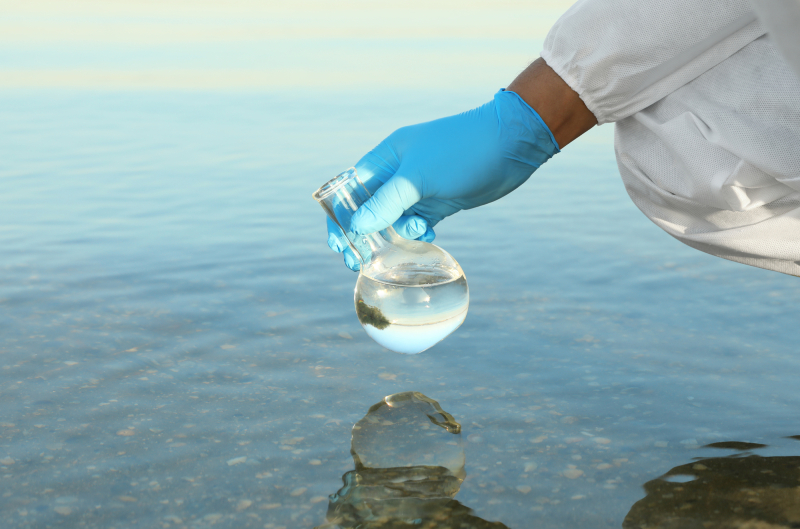
Credit: NewAfrica / photogenica.ru
Why water is essential for life
Water is part of every biological reaction in our cells – without it, it’s impossible to replicate DNA, meaning that it’s impossible for life to appear. If you were to “extract” all water from a living organism, it would immediately die because all of its biological processes will stop.
The reason for this pervasiveness of water lies in the nature of the hydrogen bonds between its atoms.
- Hydrogen bonds are solid; breaking them takes a lot of time and energy. This accounts for water’s high melting and steam temperatures. This also means that water can simultaneously exist in all three of its aggregate states, which cannot be said about any other substance with a similar structure in Earth’s conditions.
- Hydrophobic substances (those that have no proclivity to interact with water, such as lipids) can’t be dissolved in water. However, water molecules can separate a hydrophobic substance from the body of water. This accounts for the cells’ ability to create a protective membrane from lipids and proteins. Such membranes separate the inside and outside of a cell, ensuring its integrity; thanks to water, membranes also regulate the cell’s metabolism.
- Water is not made up of molecules, but their clusters. Separate molecules connect into groups, forming a complex network.
All of this makes water an accommodating environment for biological processes. There are no other substances with such properties. This means that in natural conditions, water is irreplaceable.
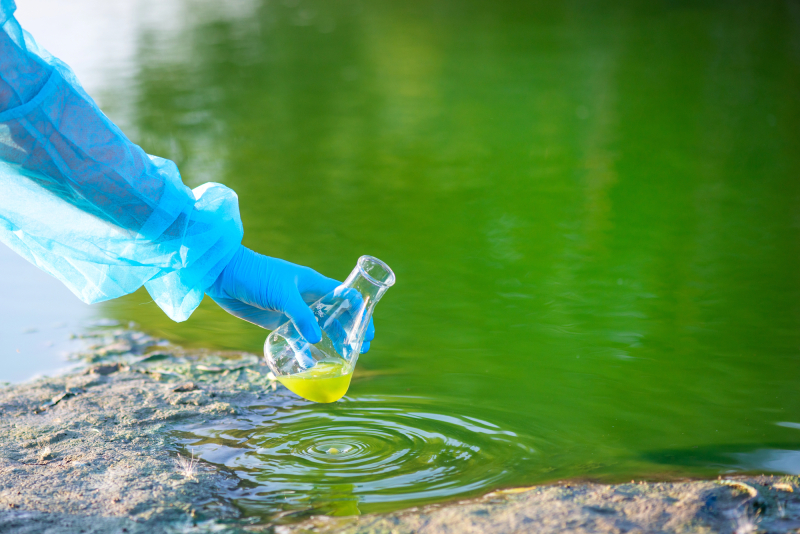
Credit: tutye / photogenica.ru
On artificial water substitutes
Such a substitute can be created in a lab from other “building blocks.” For instance, hydrogen bonds also occur between atoms of fluorine and hydrogen. The resulting fluorhydric acid has a similar structure to water. Theoretically, it could also accommodate a life form. A similar liquid can be made from ammonia – though a gas in natural conditions, it turns into molecule clusters when liquified.
While scientists have tried to create water analogs for research and medical purposes, it proved impossible to achieve with either organic or inorganic materials.
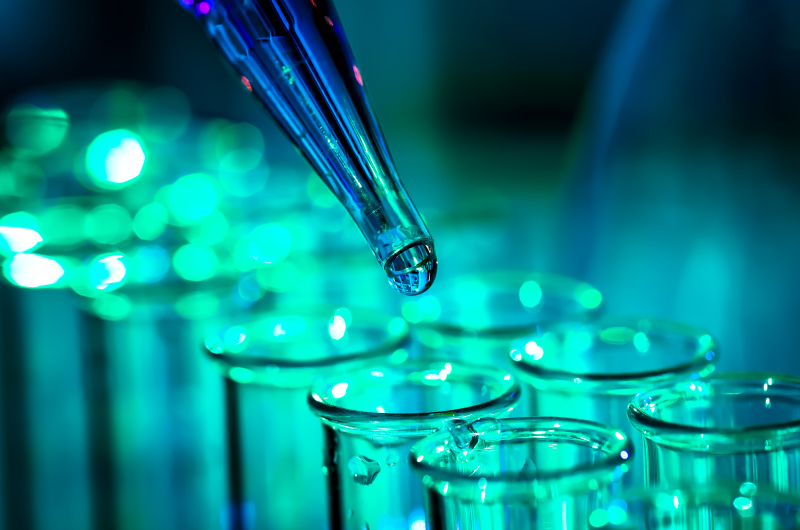
Credit: motorolka / photogenica.ru
What makes water dangerous
Usually, we are thrown off by the water’s color or a visible residue – however, even crystal clear water can pose a threat. Generally, pollutants can be categorized into microbiological, toxicological, and organoleptic, all of them dangerous in their own right.
Microbiological pollutants pose the greatest threat to humans and animals. These include viruses, bacteria, and protozoa that enter water from outside and can (except for viruses) actively reproduce there. Once in the water, a bacterium soon turns into a full colony of microorganisms. When consumed in large quantities, they can be harmful to the body.
The second category includes phenols, heavy metals, petroleum products, radionuclides, chlorine, and pesticides. They also enter water from external environments. For example, pesticides are carried by the wind, while industrial waste is discharged into rivers by factories. In areas of rock fracture or mineral extraction, these substances can enter drinking water through the groundwater system. Once in the body, they can also cause significant harm. The difference is that these substances do not “multiply” in water but gradually decompose or become deactivated.
Organoleptic pollutants include substances such as sand, clay, or rust. They are called so because they can be “detected” by the senses. Most often, it is due to these pollutants that we consider water unsuitable for drinking, even though, in fact, these are the safest substances among those listed.
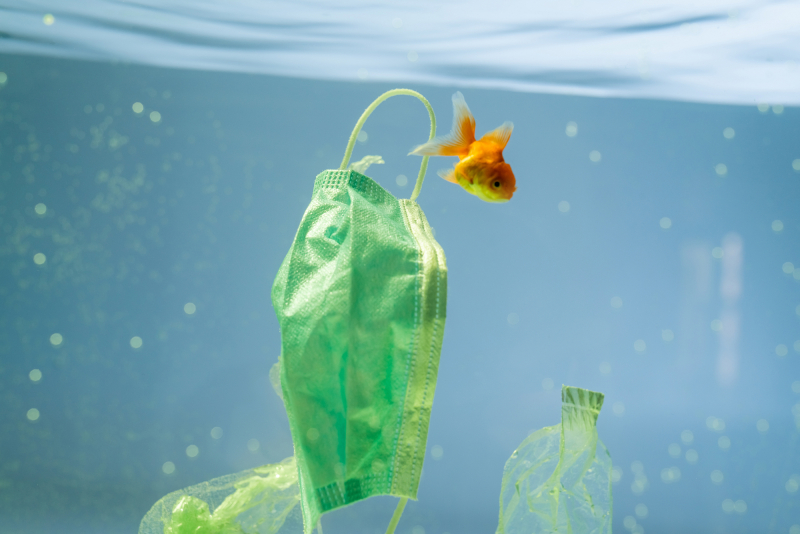
Credit: IgorVetushko / photogenica.ru
Purifying water
When the Earth was lightly inhabited, ancestors would abandon locations with filthy water; as civilization advanced, relocating has grown more difficult, and humanity had to learn to build purification and distribution networks.
One of the earliest examples of such systems are aqueducts in Rome, which weren’t, however, flawless; they were built using lead pipes that eventually polluted the water and made it undrinkable.
Wells appeared next. Well water is filtered as it passes through a small layer of soil – though this can’t purify it from all contaminants, with many toxicological and microbiological pollutants still remaining.
There are also long-standing artesian wells. Water in artesian wells is purified naturally through clay layers, making it free of bacteria, viruses, and heavy metals from the outside. However, it’s not all that easy again: a well may happen to be near a deposit of some sort, meaning that particles of the fossil in question are likely to be found in its water.
The most common purification method today are municipal water supply systems, which, though managed by different city standards, are built to serve one particular function: to purify water as much as possible from various types of contaminants. In Russia, the process is divided into several stages. First, a coagulant is added to collect all foreign molecules in the water before precipitation. Afterwards, the water goes through a mechanical filter, such as sand, to free it from sediment. And the final stage is disinfection; in Russia, chlorine is used for this purpose.
Some say that this method is outdated and it’s better to use ozone, as it’s done in Japan. However, the fact is that ozonation doesn’t last long. Water in Russia needs to be delivered to distant locations, tens of kilometers away, which makes the method insufficient.
It’s also recommended to filter tap water, as it can save you from bacteria or heavy metals stuck in pipes. To choose the right filter for you, you need to first perform a water analysis. For this, you need to contact a specialized laboratory.
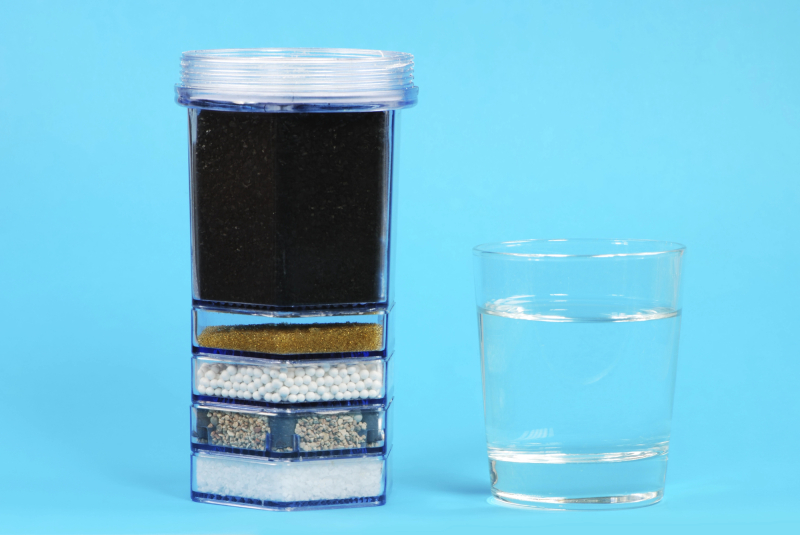
Credit: manfredxy / photogenica.ru
Common myths, busted
- Magnetic water coasters make water pure and healthier
These are small, usually wooden coasters for cups or mugs that have a magnet in them. Allegedly, these can help you get a more biologically high-grade structured water. In actuality, magnets hardly have any effect on water, as it’s a diamagnetic. For any changes in water structure, it requires an MRI-level strong magnet, which is 4.5 million times more powerful than a coaster’s one.
- Purification removes healthy minerals; filtered water needs to be mineralized
Mineralized water contains not healthy compounds, but those of the very same heavy metals against which the filter was used. They aren’t healthy – and can be rather harmful for a person.
- Drink alkaline or acidic water with a lemon or soda
In Russia, the normal range for pH in water is between five and seven units. Water with a lower/higher pH can cause harm to your body; acid added to water in large quantities can reduce its pH level to two, and alkali – increase it to nine. Thus, such water will not meet the required norms.
- Oxygenated vs. hydrogenated water
Both oxygen and hydrogen dissolve poorly in water. These are gasses that literally evaporate from liquid in seconds, which means that it’s impossible to deliver water saturated with them to the consumer. In other words, there aren’t such things as oxygenated and hydrogenated water. Worse still, when water is saturated with hydrogen, an electric current is passed through it with electrodes, causing toxic by-products, which then enter and harm our body.
- Water has a memory
This myth is old and robust – and even somewhat evidence-based. Liquid water is indeed a system of molecule clusters linked by a common network. In theory, water has the potential to function as a data carrier, as this network has the ability to transfer information between molecules. But this can’t be implemented since clusters break apart and reassemble very quickly. They exist in melt water for no longer than just ten to the minus sixth power of a second, which is not enough to record data, let alone transmit information.
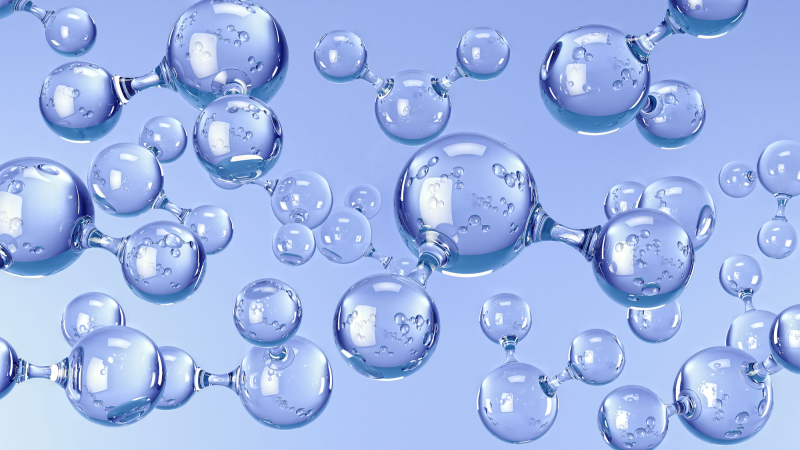
Credit: Sashkin7 / photogenica.ru
The article is based on Denis Baigozin's lecture “Chemistry of Water: Myths and Science,” which took place on August 13 at the library of Planetarium No. 1.






